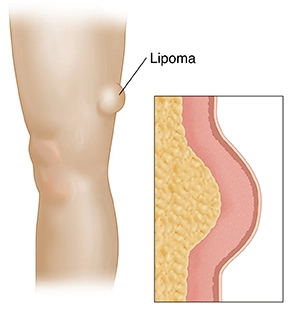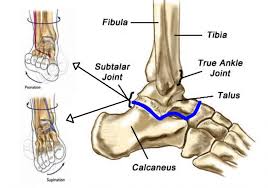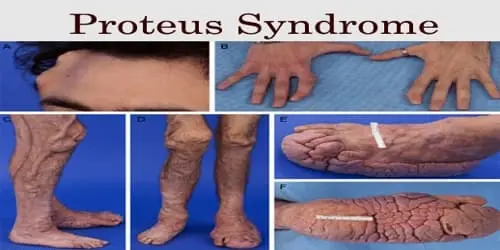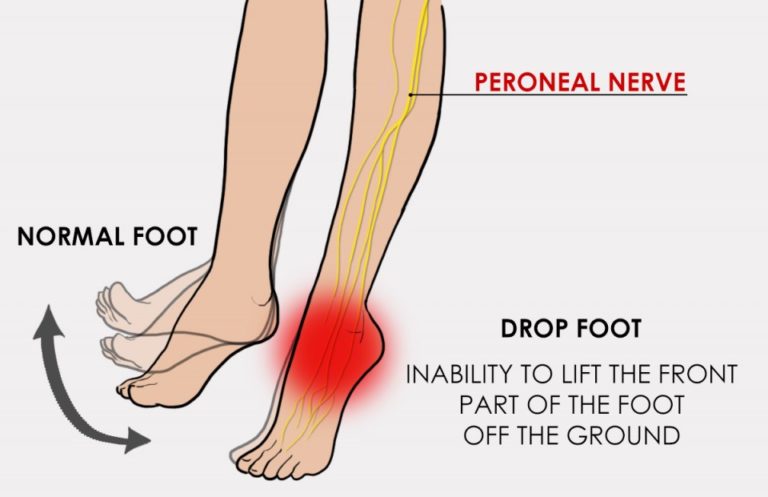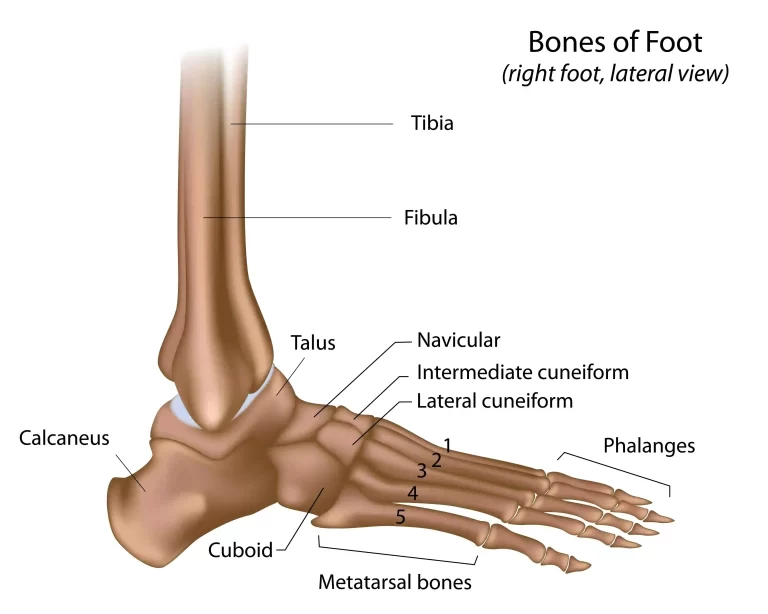Lipoma
What is Lipoma?
A lipoma is a round or oval-shaped lump of tissue that grows solely under the skin. It’s made of fat, shifts easily when you touch it, and doesn’t generally generate pain. Lipomas can occur anywhere on the body, but they’re most familiar on the back, arms, trunk (torso), shoulders, and neck.
Lipomas are benign (noncancerous) soft tissue tumors. They grow gradually and are not cancerous. Most lipomas don’t require therapy. If a lipoma is troubling you, your healthcare provider or doctor can remove it with an outpatient method.
Epidemiology
Lipomas have a little higher incidence in men compared to women. Although they can happen at any age, they are frequently documented between the fourth to sixth decades of life. Despite being one of the most familiar neoplasms in humans, the incidence and majority of lipomas have not been documented in the books.
Where do lipomas grow?
Lipomas can grow anywhere on the body. Infrequently, lipomas develop on internal organs, the muscles, or the brain. The prevalence of patients with a lipoma only has one, although more than one lipoma can develop. Most lipomas grow only under the skin on the:
- Arms or legs.
- Back.
- Neck.
- Shoulders.
- Trunk (chest and torso).
- Forehead.
What are the types of lipomas?
All lipomas are produced of fat. Few lipomas also include blood vessels or different tissues. There are several varieties of lipomas, involving:
Angiolipoma: This variety includes fat and blood vessels. Angiolipomas are frequently painful.
Conventional: The most familiar variety, a conventional lipoma includes white fat cells. White fat cells keep energy.
Fibrolipoma: This kind of lipoma make up of fat and fibrous tissue.
Hibernoma: This variety of lipomas includes brown fat. Most further lipomas include white fat. Brown fat cells generate heat and assist in controlling body temperature.
Myelolipoma: These lipomas include fat and tissues that create blood cells.
Spindle cell: The fat cells in these lipomas are more extended than they are broad.
Pleomorphic: These lipomas have fat cells of various diameters and shapes.
Symptoms of Lipoma
Lipomas can happen anywhere in the body. They are the usual:
Located just beneath the skin. They generally happen in the shoulders, back, neck, arms, abdomen, and thighs.
Soft and doughy to the touch. They also move smoothly with tiny finger pressure.
Generally small. Lipomas are generally less than 2 inches – 5 centimeters in diameter, but they can expand.
Sometimes painful. Lipomas can be aching if they develop and press on nearby nerves or if they include many blood vessels.
Causes of Lipoma
Healthcare providers or doctors aren’t certain what generates lipomas to grow. They are inherited (passed down via families). You’re more probable to develop a lipoma if a person in your family has one.
Some diseases generate multiple lipomas to form in the body. Lipoma-causing conditions contain:
Dercums disease: This rare disease generates painful lipomas to grow, most frequently on the legs, arms, and trunk. It’s also known as adiposis dolorosa or Anders syndrome.
Gardner syndrome: A form of a disease known as familial adenomatous polyposis (FAP), Gardner syndrome generates lipomas and a range of health issues.
Hereditary multiple lipomatosis: Also known as familial multiple lipomatosis, this condition is inherited (passed down via families).
Madelungs disease: This disease happens most frequently in males who drink alcohol excessively. Also known as multiple symmetric lipomatosis, the Madelung condition generates lipomas to develop around the neck and shoulders.
Risk factors
A few factors may raise your risk of developing a lipoma, involving:
Living between 40 and 60 years old. Although lipomas can happen at any age, they’re most familiar in this age group.
Genetics. Lipomas tend to conduct in families.
Differential Diagnosis
The differential diagnosis contains but is not restricted to epidermoid cysts, angiolipomas, hibernomas, angiomyolipomas, and liposarcomas. Epidermoid cysts generally feature a punctum at their surface, yet, lesions lacking this characteristic may be unnoticeable from lipomas. Hibernomas are rare, benign, slow-growing masses of brown fat that generally happen in the mediastinum or interscapular part of the back and present as a 3 to 12-centimeter, slow-growing mass in a grown-up.
Angiolipomas are frequently painful, less than 2 centimeters in width, well-circumscribed, and generally appear on the forearm of teens or young grown-ups. Angiomyolipomas are frequently present in the acral areas of adult men. Liposarcomas most generally show as deep-seated tumors in the retroperitoneum or, classically, on the thighs.
Multiple lipomas can be a representation of the subsequent syndromes:
- Proteus syndrome
- Dercum condition(adiposis dolorosa)
- Familial multiple lipomatosis
- Benign symmetric lipomatosis (Madelung disease)
- Gardner syndrome
- Multiple endocrine neoplasias (MEN)
- Cowden syndrome
- Bannayan-Riley-Ruvalcaba syndrome (BRRS)
Diagnosis
Physical Examination
Before a physical examination, your doctor or provider will speak with you regarding your general health, as well as your current disease. He or she will want to obtain a good record of the issue from your perspective, especially how long the mass has been there and what symptoms like pain are associated with it.
During the physical test, your doctor or provider will feel the mass, inspecting its size, thickness, and mobility. He or she will also study the skin overlying the mass, examining for any modifications.
Tests
Although doctors or providers can generally analyze lipomas based on the record and physical examination alone, imaging examinations can be useful for some patients.
X-rays. Although these examinations make clear images of dense structures such as bone, plain x-rays can display a prominent shadow generated by a soft tissue tumor, like a lipoma.
Computerized tomography (CT) scans. These scans are more precise than x-rays and will frequently display a fatty mass to verify the diagnosis of lipoma.
Magnetic resonance imaging (MRI) scans. The best report for diagnosing lipomas arrives from an MRI scan, which can make better pictures of soft tissues such as a lipoma. MRI scanning will display a fatty mass from all perspectives. Frequently, doctors or providers can make the diagnosis of lipoma based on MRI imaging alone, and a biopsy is not needed.
Biopsy. A biopsy is occasionally necessary to verify the diagnosis of lipoma. In a biopsy, a tissue specimen of the tumor is carried out and studied under a microscope. Your doctor or provider may give you a local anesthetic to numb the site and bring a sample using a syringe. Biopsies can also be conducted as a small operation.
In most lipoma patients, a biopsy is not required to verify the diagnosis. After the lipoma is withdrawn, a biopsy will be done on a piece of the tissue.
Under a microscope, lipomas frequently have a classic impression with large mature fat cells. Occasionally there can be a little number of other cell types, too, like cartilage or bone.
Liposarcoma. During the diagnosis stage, your doctor will perform to determine a lipoma from a more aggressive form of fatty tumor known as liposarcoma. Liposarcomas are cancerous (malignant). The symptoms of liposarcoma differ from those of lipoma. Liposarcomas generally grow fast, are frequently painful, and are not as moveable as lipomas.
Patients with lipomas are not more probable to develop fatty cancer in the future. The exception is a patient with atypical lipomas. This lipoma subtype can shift into liposarcoma, but this is infrequent.
Treatment of Lipoma
Observation
Because lipomas are benign (noncancerous) tumors, no therapy may be a choice, relying on your symptoms. If you select no therapy, you must see your doctor for routine visits to monitor any differences in the tumor.
Surgery
The only therapy that will fully remove a lipoma is a surgical method known as excision.
Procedure. In this method, a local anesthetic is generally injected near the tumor to numb the region. Big lipomas or those that are deep may need regional anesthesia or general anesthesia. Regional anesthesia numbs a big place by injecting a numbing drug into precise nerves. General anesthesia places you to nap.
After the anesthesia is provided, your doctor will create an incision in your skin and trim the tumor out.
Recovery. You should be capable to go home soon after the method if it is a little or superficial mass. You will have a rare stitch, which your doctor or provider will extract within a team of weeks.
How long it brings you to return to most daily actions will rely on the size and area of your lipoma. If you have any aches or discomfort, you may want to restrict some movement. Your doctor will deliver precise instructions to conduct your healing.
Recurrence. Lipomas are almost ever healed by simple excision. It is unique for a lipoma to increase back but, if it does recur, excision is also the best therapy choice.
Home remedies for lipoma
Despite the shortage of clinical evidence to help patients assert that home remedies for lipomas are useful, few traditional doctors think that particular herbs and plant-based components might be useful for a patient with the disease.
So, here is a list of famous natural remedies, but recall, none of these can fix or prevent lipomas-
Make a balm with herbs and natural oils.
Natural oils like flaxseed and neem make fine bases for ointments. As an outcome, you can test by mixing these ingredients or utilizing them separately as required. This balm will deliver ease to the fatty masses.
Neem oil works as an antiseptic, saving your skin from infections. For a very prolonged time, it has been used to ease lipomas temporarily.
Omega-3 and omega-6 fatty acids are seen in flaxseed oil and they are useful against inflammation created by lipomas. You may produce oil from neem and flaxseeds or buy the oil from a shop.
Mix black pepper with natural oil or tea as a base.
Black pepper is an ingredient that has been popularly utilized for weight management. As an outcome, it is believed to be a useful natural therapy for lipomas. Bring one teaspoon of black pepper, one teaspoon of neem oil, or flaxseed oil and you may alternatively make a paste utilizing chilled tea and use it directly on the lump.
Apply turmeric
To make a lipoma ointment, mix turmeric with neem oil or flaxseed oil. All of these essences have anti-inflammatory and healing qualities. Prepare a paste and use it to the lump. Wrap it with a cloth to maintain your clothes from obtaining stained.
Combine dried sage
You may also mix 1/2 teaspoon of dried sage with 2-3 teaspoons of neem and flaxseed oil.
Make dietary adjustments
Altering your diet may be useful for a patient with lipoma.
Fresh fruits and vegetables contain antioxidants that aid in reducing fat blood levels. Select brightly colored fruits and veggies since they include the most antioxidants.
Eat fish and nuts as it includes nutritional omega-3 fats and high-quality protein.
Restrict your consumption of red meat and confirm that it is free of chemicals and steroids. Rather than red meat, explore choices like tofu and beans, and lean chicken, which are equally increased in protein.
Change to eating more biological products to restrict your input of contaminants and chemicals.
Maintain alcohol input and smoking at a minimum level, as it can have an adverse outcome.
Prognosis of Lipoma
The view for lipomas is frequently very fine. Unless the lipomas hurt or continue to develop or modify, you won’t require any therapy other than making certain your doctor brings a look during your routine physical examination.
Patients with lipomas are not more probable to develop liposarcoma. Atypical lipomas may shift into a liposarcoma, but it is infrequent. Atypical lipomas grow to be bigger and found in an extremity (such as the arms), instead of, say, the torso.
Prevention of Lipoma
According to the American Academy of Family Physicians, there is no learned way to control lipomas from developing.
Complications of Lipoma
Lipomas are generally harmless, and the fine news is they tend to remain that way. Relying on size and place, yet, they may push on organs and generate shortness of breath or constipation.
There may be difficulties with their subtraction.
FAQ
Do lipomas go away?
Surgical removal is the only treatment for lipomas, and the tumors will not go out without therapy. For more data regarding lipoma removal, speak with a healthcare provider or doctor.
How serious is a lipoma?
A lipoma is a lump of fat that increases in your body’s soft tissues. Though it’s categorized as a tumor, it’s generally harmless. It’s the most familiar tumor to form under your skin. Approximately 1 patient out of every 1,000 will bring one at some point.
Can a lipoma turn cancerous?
Cancerous ( malignant ) tumors of the fat cells are known as liposarcomas. They are a variety of soft tissue sarcoma. It is very infrequent for lipomas to shift into cancerous sarcoma. It is still necessary to tell your doctor if your lipoma switches in any way or if you bring any new lumps.
Can lipoma be cured naturally?
Altering your diet may be useful for patients with lipoma. Fresh fruits and vegetables contain antioxidants that aid in reducing fat blood levels. Select brightly colored fruits and veggies since they include the most antioxidants. Consume fish and nuts as it has healthy omega-3 fats and high-quality protein.
Do lipomas hurt when pressed?
Lipomas generally feel such as firm bumps (nodules) beneath the skin. The growths generate burning or aching that can be hurtful, especially if they are pushing on a nearby nerve. In some patients, the pain arrives and goes, while in further it is ongoing.

